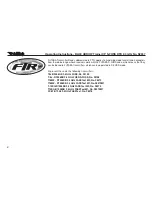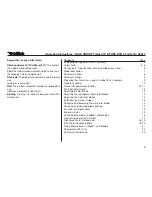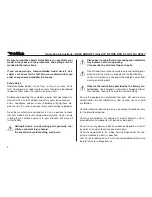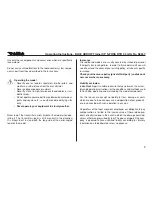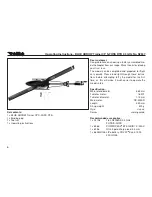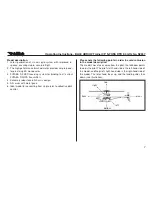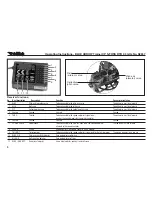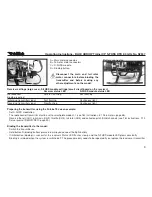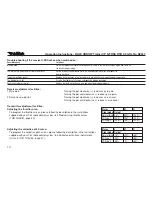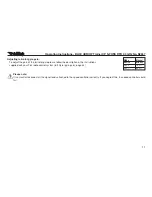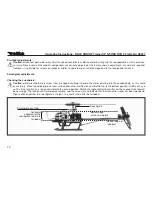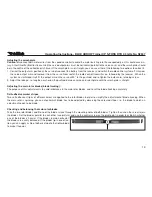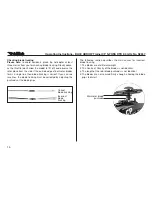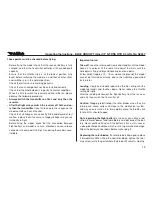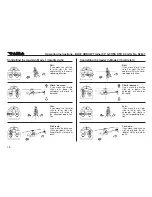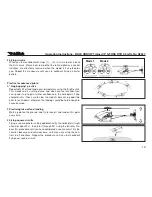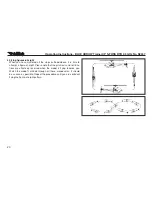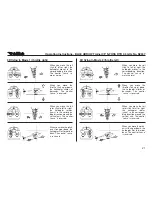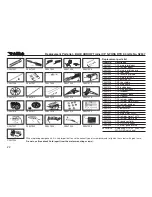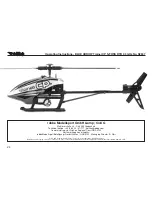
These points must be checked before flying:
- Before flying the model check that the receiver battery is fully
charged, and that the transmitter batteries still have adequate
capacity.
- Ensure that the throttle stick is at the lowest position (fully
back) before switching the model on, and that all other sticks
and switches are in the normal position.
- Check that all servos are working perfectly.
- Check that each component has been installed correctly.
- Check that the whole model is in perfect technical condition.
- When it is time to switch the receiver and transmitter on, please
observe the following procedure:
- Always switch the transmitter on first, and only then the
receiver.
- After the flight always switch the receiver off first, and on-
ly then the transmitter.
If you fail to keep to this sequence, the
model could fly off out of control.
- Check that all linkages are correctly fitted and devoid of lost
motion; replace them if necessary. Sloppy linkages may cause
instability in flight.
- Before flying the model, check that the connection between
flight battery and model is secure. Vibration can cause loose
connectors to come adrift in flight, rendering the model uncon-
trollable.
Important notes:
Take-off:
raise the rotor speed slowly and steadily until the model
hovers at eye-level. At the same time adjust the trims until the
helicopter is flying stably and hovering over one point.
At low height (approx. 10 - 15 cm above the ground) the model
cannot be trimmed accurately due to the turbulence generated
by the rotor.
Landing
: slowly and steadily reduce the throttle setting until the
model descends and touches down. Never reduce the throttle
setting abruptly.
After the landing disconnect the flight battery from the receiver,
and only then switch the transmitter off.
Caution
: Stopping (obstructing) the rotor blades when they are
turning can cause serious damage to the mechanical system,
and may even result in a fire. Immediately move the throttle stick
to Idle if this should happen.
Note regarding the flight battery:
as soon as you notice a red-
uction in motor power, land immediately and disconnect the bat-
tery. Never continue flying until the battery is flat, as this causes
a deep-discharge condition which results in permanent damage.
Allow the battery to cool down before recharging it.
Replacing the rotor blades:
If a rotor blade is damaged, replace
it immediately. When fitting the new rotor blade, tighten the retai-
ning screw just to the point where the blade still swivels smoothly.
15
Operating Instructions - BLUE ARROW Trainer CP S-FHSS RTB 2.4 GHz No. S2537


